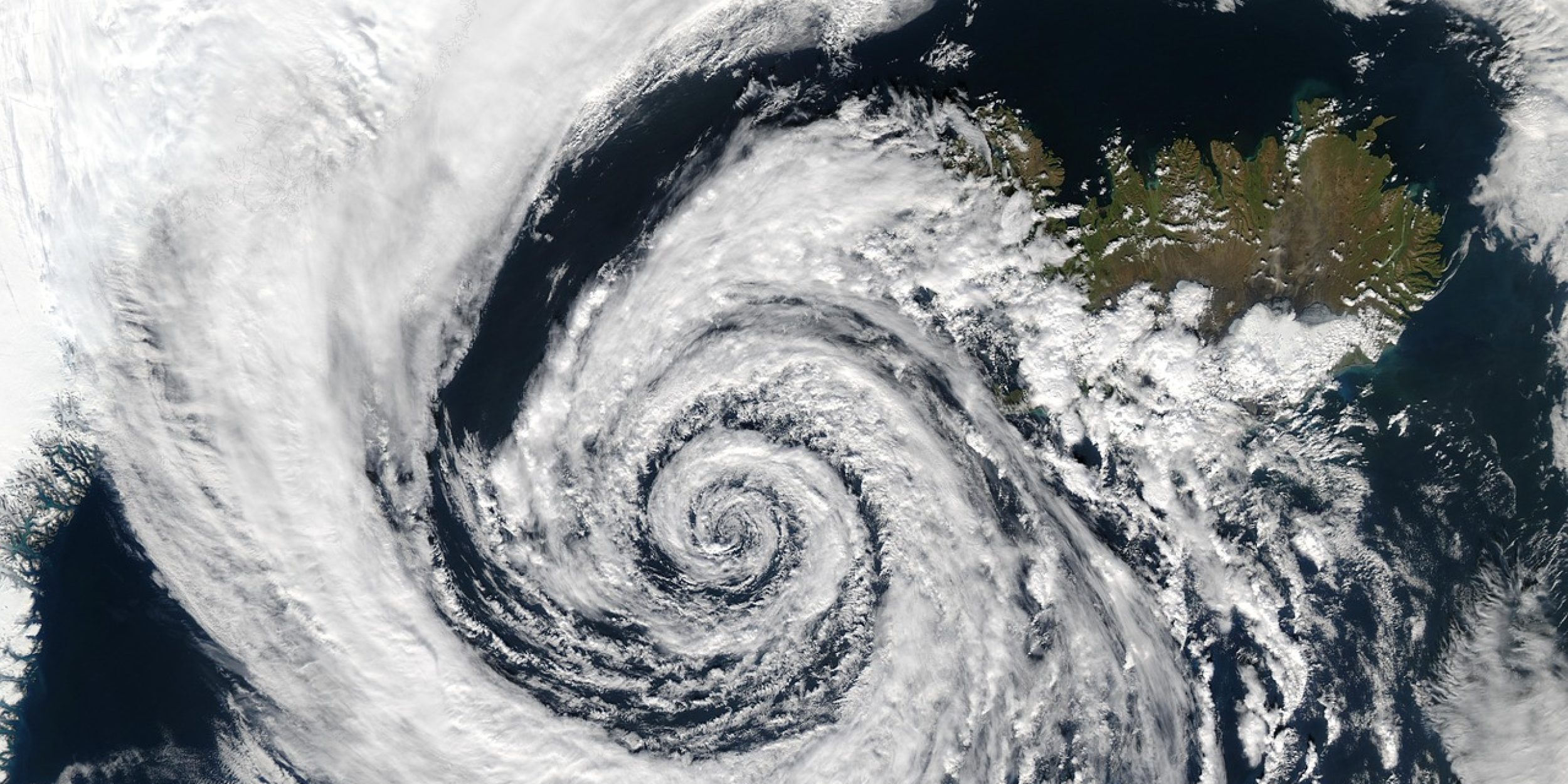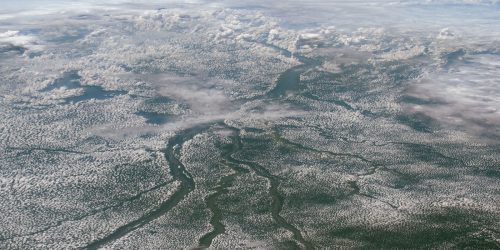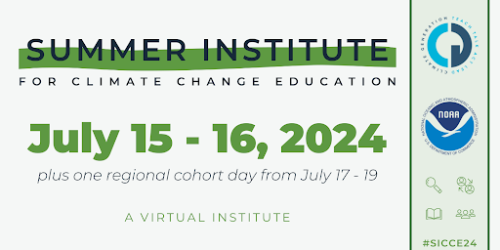A new study published in Weather and Climate Dynamics sheds light on the crucial role of rapidly ascending airstreams, known as warm conveyor belts (WCBs), in the dynamics of extratropical cyclones. The Climate Program Office’s Climate Variability & Predictability (CVP) Program partnered with NOAA’s National Weather Service – Office of Science and Technology (OSTI) Modeling Division to support this project through an initiative to improve seasonal to subseasonal biases in the way models represent precipitation processes. CVP-funded researcher Edmund Kar-Man Chang of Stony Brook University worked with an international team from Germany and Switzerland to examine how WCBs are influenced by the Madden–Julian Oscillation (MJO), an important climate pattern in the tropics.
WCBs are dominant contributors to precipitation in regions around the tropics and contribute to the dynamics and predictability of the atmosphere. Improving our projections of WCBs could help prepare for upcoming wet or dry conditions in agriculture, energy production, resource management, and more. The key discovery in this study is that when MJO convection occurs over the Indian Ocean, WCB activity significantly increases over the western North Pacific, particularly during La Niña conditions. This happens because there is more moisture flowing towards the poles, guided by the MJO. Conversely, when MJO convection is over the western North Pacific, WCB activity increases over the eastern North Pacific due to a southward shift and eastward extension of the North Pacific jet stream. This work underscores the importance of accurately modeling WCBs and their influence on atmospheric circulation and weather in tropical regions. This project will continue working to identify and understand sources of bias and uncertainty to improve our ability to simulate precipitation.
For more information, contact Clara Deck.
Image credit: Pixabay










